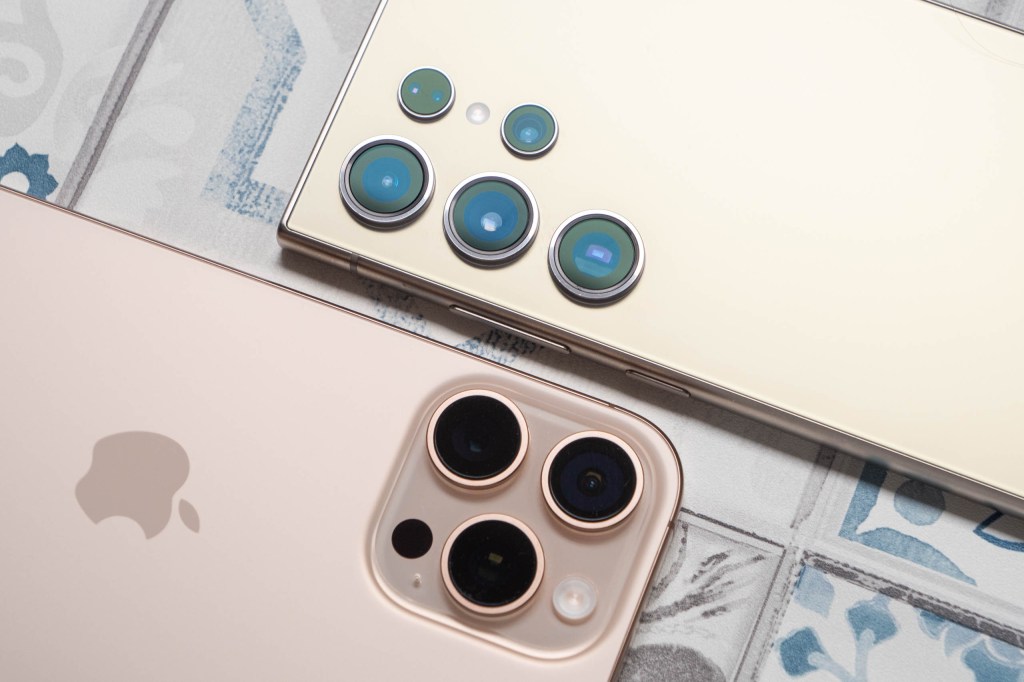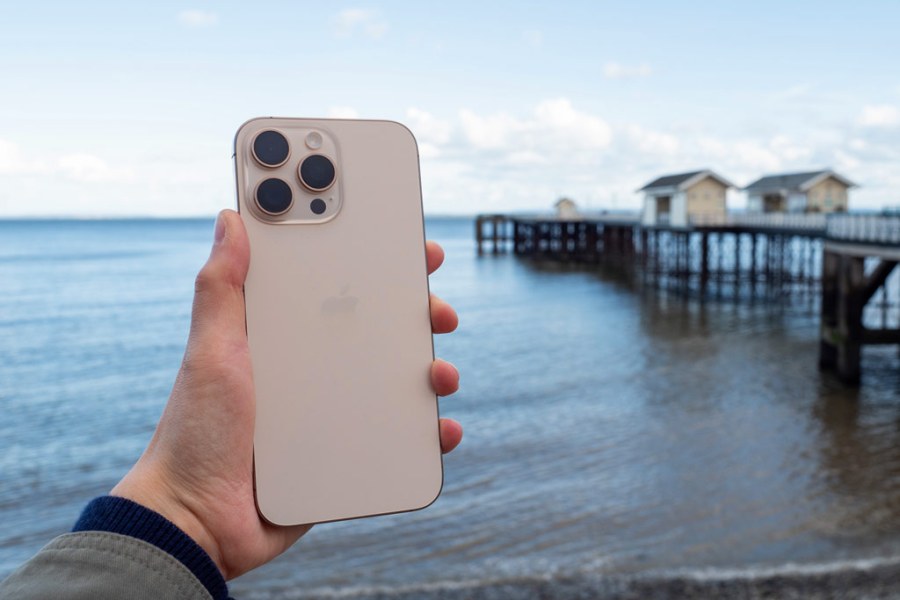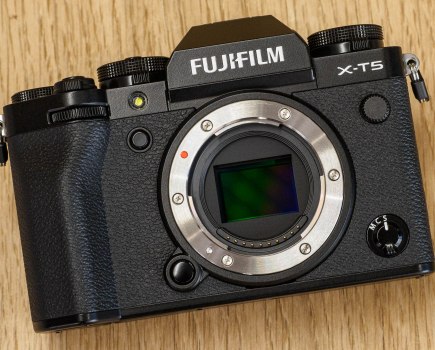In recent years, there seems to have been an absolute glut of smartphone manufacturers offering better and better devices at prices which are temptingly lower than those produced by the biggest two names on the market (Samsung and Apple).
But, what if I were to tell you, that these “cheap” devices may just set you back more cash in the long run?
Nobody is trying to claim that the latest flagships from Samsung and Apple are cheap. They’re not. Let’s look at the two most recent devices – the Samsung Galaxy S25 Ultra and the iPhone 16 Pro Max. They’re available at a variety of price points depending on how much memory you want, but for the sake of argument let’s look at the 256GB option.
- Samsung Galaxy S25 Ultra: £1249
- iPhone 16 Pro Max: £1199
You can also pick them up at different prices when you buy them via network providers on contract and so on, but here I’m assuming the price when buying them direct from the manufacturer for ease of comparison.
Now, let’s have a look at some of the more “value” brands stack up. Some recent devices include the Honor Magic 7 Pro, the Xiaomi 14 Ultra and the OnePlus 13. What can you buy those for?
- Honor Magic 7 Pro 512GB: £1099
- OnePlus 13 512GB: £899
- Xiaomi 14 Ultra 512GB: £999
All of these phones are cheaper, AND, you get more storage for you money. So they must be better value… right?
Well, in the immediate term, absolutely, but longer than that…. not necessarily.
These days, most of us are cycling through smartphones every 2-3 years, being keen to update to the newest model whenever we can. When you trade up to a new model, you might dispose of your old phone by trading it in, or selling it via one of the many reselling sites on the market, such as Backmarket, MusicMagpie, envirofone and so on. It’s a great way to make back some of your money, while also ensuring that phones don’t end up in landfill or languishing in a drawer forever more.
However, you will almost always get more back for a Samsung or an iPhone, particularly an iPhone, – even the non-flagship ones – than these lesser known names, with some seemingly even completely worthless after just a couple of years.

Let’s take a look at some examples of older phones to get an idea of how much you can expect depreciation to take a hit on your investment. Let’s assume you bought a phone in 2022 and you’re looking to trade it in today for a new model.
Some comparative models you might have considered back then include the iPhone 13 Pro Max, Samsung S22 Ultra, OnePlus 10 Pro, Honor Magic 4 Pro and the Xiaomi 12. But what did they cost new, and what might you expect to get back for them now? The following resale prices assume best condition and unlocked to show the maximum you could expect – you’ll get less if there’s damage or the phone is locked to a particular network.
- iPhone 13 Pro Max (256GB): £1149 / £360. Total outlay = £789
- Samsung S22 Ultra (256GB): £1249 / £335. Total outlay = £914
- OnePlus 10 Pro (256GB): £899 / £184. Total outlay = £715
- Honor Magic 4 Pro (256GB): £949.99 / £159. Total outlay = £790.99
- Xiaomi 12 Pro (256GB): £1049 / £167. Total outlay = £882
From this quick comparison – there are obviously hundreds more that you could do – we can see that the best value overall is the OnePlus 10 Pro. However, it should be noted that I could only find one trade-in site that was willing to accept it, whereas every single site accepted both the iPhone and the Samsung models listed here. It was also difficult to find places to accept the Honor Magic 4 Pro and the Xiaomi 12 Pro. It’s reasonable to assume that the single site that did take them may stop taking them a lot sooner than they’d stop accepting older Samsung and iPhone models.
More interestingly perhaps however is that the second best value phone in the long run was the iPhone 13 Pro, which, at the time of launch was the second most expensive to buy. Put simply, it has held its value far better than the cheaper models, so it would have cost you less in the long run.
Now, it’s nigh-on impossible to predict how well every single phone will hold its value. It’s possible that in three years time, the cheaper brands, such as Xiaomi, Honor and OnePlus phones will resell for a fairly good price. However, I’d argue it’s all but guaranteed that an Apple phone will, and it’s also a pretty good bet that you’ll be able to get a lot for a Samsung too (albeit you probably paid out more for it in the first place).
So what’s the conclusion here? Well – it’s not always cheaper to avoid the flagships in the long run. Apple has a reputation for being overpriced, which on the whole is fair. But, it’ll be far easier to dispose of an iPhone – any iPhone – for a better return in a couple of years when you want a new model… so, if you’re looking for a way to save money, AND you’re prepared (and able) to play the long game, it gives you something to think about, doesn’t it?
Related content:
The views expressed in this column are not necessarily those of Amateur Photographer magazine or Kelsey Media Limited. If you have an opinion you’d like to share on this topic, or any other photography related subject, email: [email protected]







